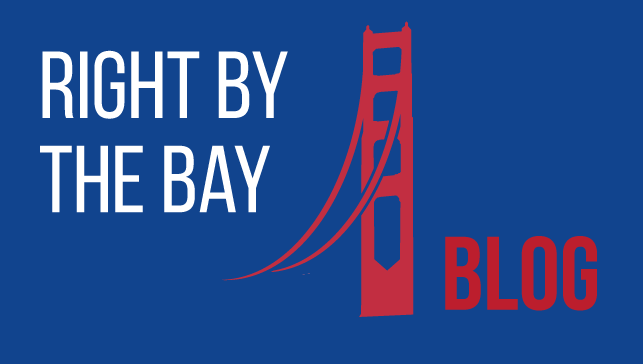Earlier this week, PRI joined with the Manhattan Institute to host a well-attended Sacramento panel discussion on California’s drug pricing challenge. Many thanks to my friend and former longtime Capitol reporter Marcey Brightwell, who did an outstanding job moderating the event.
Drug pricing emerged as one of the hottest issues of the 2017 legislative session in Sacramento. The Legislature passed – and Governor Brown signed into law – controversial legislation (Senate Bill 17) that would require pharmaceutical manufacturers to give 60-day notice for any price increase above a certain threshold.
Speaking about that legislation, Brett Johnson of the California Life Sciences Association said that, “list prices may or may not bear any relationship whatsoever to the actual net cost . . . if there’s a $100 list price, you’re probably getting a $40 rebate and another $20 discount on top of that on average.”
He said the recent focus in California on the list prices of prescription drugs overshadows the benefits received by patients and the overall value that California consumers receive compared with patients in other countries.
As PRI’s Wayne Winegarden wrote in Forbes about that proposal, “price transparency will only improve when markets are empowered to operate efficiently . . . and reams of government reports rarely improve market efficiency.”
Discussing how the free-market can favorably impact the nation’s drug pricing challenges, Dr. Tom Coburn of the Manhattan Institute, and former U.S. Senator from Oklahoma, spoke of the importance of empowering consumers with more information about the prices they pay for treatment across the entire health care system.
He asked, “Since you have to go buy it, why can’t you know it before you buy it?”
Coburn also noted that deals between insurers and hospitals and the controversial 340B program are driving up health care costs, and consumers are largely in the dark.
“One thing that would fix all of that is price discovery,” he said. “If you have price discovery, the average American . . . (would) see about a 25 percent reduction in health care costs in our country in very short order.”
Addressing the impact that moving toward a single-payer health care system in California might have on drug pricing, PRI’s President, CEO, and Thomas W. Smith Fellow in Health Care Policy Sally Pipes said, “I think it would destroy the access and the innovation if we get a single-payer system (in California and America).”
She noted that Canada’s single-payer plan does not include prescription drug coverage, and is one of the few areas where private health insurance is allowed. In contrast, the single-payer proposal currently being discussed in Sacramento (Senate Bill 562-Lara and Atkins) would include prescription drugs.
She offered a warning to California policymakers considering this proposal based on Canada’s experience under former Liberal Prime Minister Paul Martin, who campaigned on a promise of adding prescription drugs to single-payer. “When he got into office, he discovered that (Canada) has long waits . . . we have rationed care, (and) we can’t possibly add prescription drugs,” she said.
For those who missed the event or the livestream, you can watch it in its entirety at the link above.
Tim Anaya is communications director for the Pacific Research Institute.

